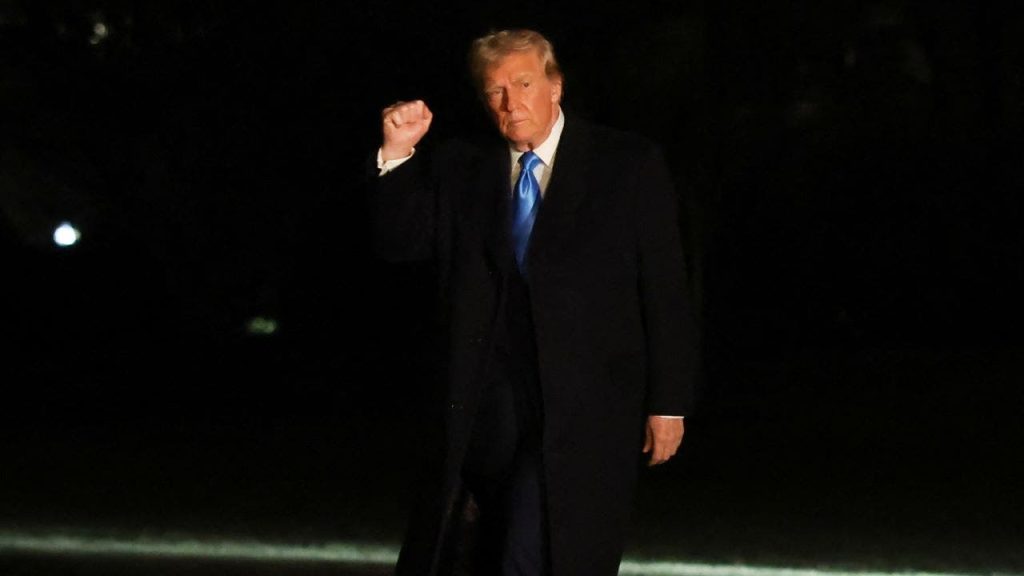President Trump’s imposition of tariffs on imports from Canada, Mexico, and China, justified by citing a “national emergency” stemming from illegal immigration and drug trafficking, sparked international controversy and fueled anxieties about escalating trade tensions. Trump defended the tariffs, accusing Canada of unfair trade practices, including restricting access for American banks, energy companies, and agricultural products. He further claimed that the U.S. subsidizes Canada substantially without receiving reciprocal benefits, hinting at future actions if these perceived imbalances aren’t addressed. This protectionist stance extended beyond North America, with Trump expressing his intent to impose tariffs on the European Union, citing a significant trade deficit and accusing them of not reciprocating American market access for cars and agricultural goods.
The rationale behind the tariffs, linking them to illegal immigration and drug trafficking, drew sharp criticism from Canada and Mexico. Mexican President Claudia Sheinbaum categorically rejected the accusations of alliances with criminal organizations and emphasized the need for collaborative efforts based on mutual respect and shared responsibility to combat drug trafficking. Canadian Prime Minister Justin Trudeau responded by encouraging Canadians to prioritize domestically produced goods, a move seen as a direct rebuke to the American tariffs. This tit-for-tat exchange escalated the trade dispute and underscored the strained relationship between the traditionally close allies.
Trump’s trade policies reflect his “America First” philosophy, prioritizing domestic industries and seeking to reduce trade deficits. His administration viewed tariffs as a tool to pressure other countries into renegotiating trade deals considered unfair to the United States. This approach, however, has been met with resistance and retaliatory measures, raising concerns about the potential for a global trade war. The tariffs on steel and aluminum imposed earlier in Trump’s presidency had already sparked retaliatory tariffs from other countries, disrupting global trade flows and adding to economic uncertainty.
The targeted countries argued that Trump’s claims of unfair trade practices were inaccurate and that the tariffs would harm both American consumers and businesses reliant on imported goods. Critics also pointed out that tariffs are essentially taxes paid by domestic consumers and businesses, increasing the cost of imported goods and potentially leading to inflation. The escalating trade tensions threatened to disrupt supply chains and undermine global economic growth. International organizations like the World Trade Organization expressed concerns about the rising protectionist sentiment and the potential for a trade war that could damage the global economy.
Beyond the immediate economic implications, the tariffs also strained diplomatic relations. Canada and Mexico, traditionally close allies of the United States, expressed disappointment and frustration with the tariffs, viewing them as a betrayal of long-standing partnerships. The escalating trade dispute threatened to undermine North American cooperation on various fronts, including security and environmental issues. The imposition of tariffs risked damaging the close ties between the US and its North American neighbors, potentially leading to a breakdown in cooperation on various other issues.
Trump’s trade policies, while aimed at protecting American industries, sparked international backlash and raised concerns about the potential for a global trade war. The tariffs imposed on Canada, Mexico, and China, and the threat of similar action against the European Union, underscored the administration’s commitment to its “America First” agenda. However, this approach risked alienating allies, disrupting global trade, and ultimately harming the American economy. The long-term consequences of these protectionist policies remained to be seen, but the immediate impact was a rise in global trade tensions and uncertainty in international markets.

